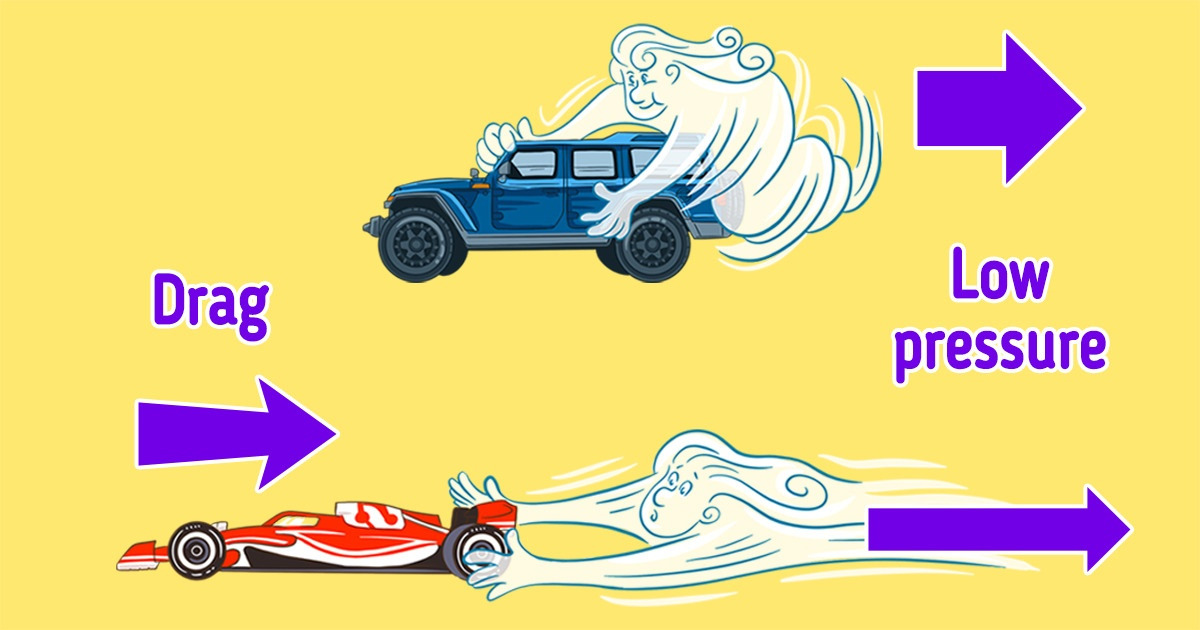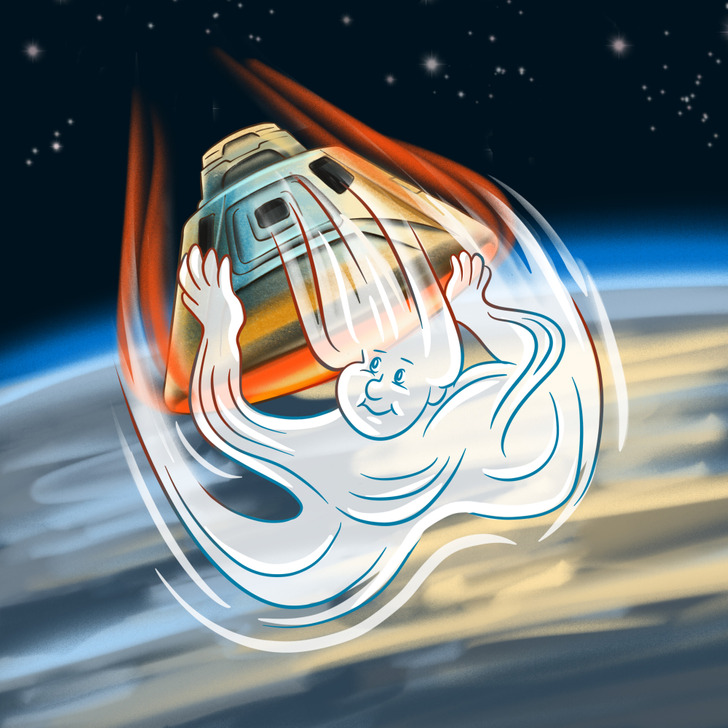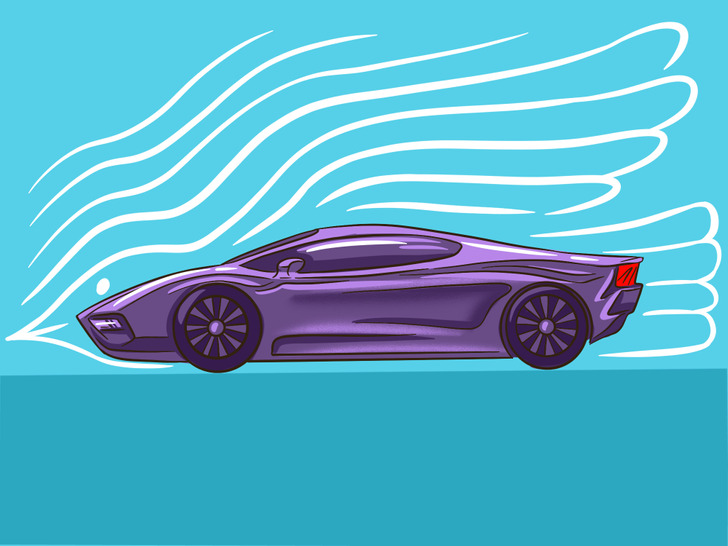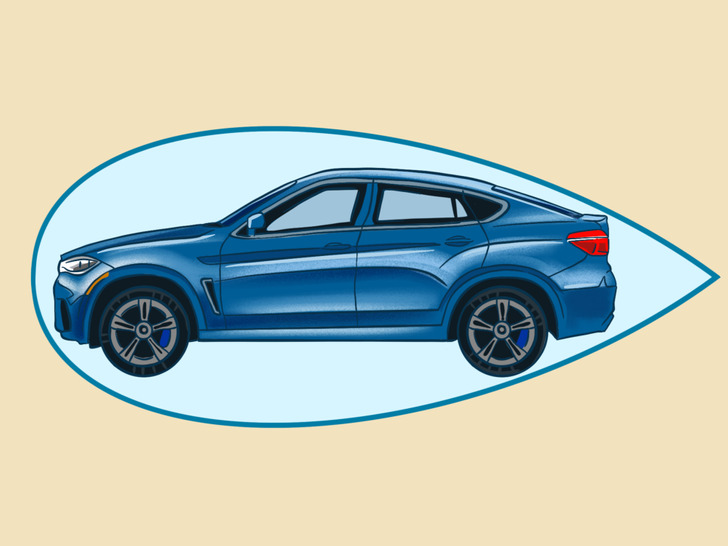What Aerodynamics Is

Aerodynamics is the study of how gases interact with moving bodies. Because of all the gases there are, we mostly interact with air, and aerodynamics is mostly about the forces that appear when it bumps into solid objects. In other words, aerodynamics is about how air moves around objects.
In simple examples, 5-Minute Crafts is going to explain what aerodynamics is used for and how it can be applied in everyday life.
Where aerodynamics is used

The principles of aerodynamics are used for designing many things that may have to deal with air resistance — from bridges and skyscrapers to soccer balls.
Aerodynamics is the study of the principles of how planes, helicopters, and rockets fly and how they interact with the atmosphere. Another important direction is how cars, fast trains, and ships move.
Why aerodynamics is important

The importance of correct aerodynamic calculations in the designs of places, space rockets, and satellites cannot be overemphasized. When spaceships return to the atmosphere of our planet, they heat up dangerously. Correct aerodynamic calculations can minimize the risk of overheating and the destruction of objects.
Aerodynamics helps us use everyday transport more efficiently. Even some minor adjustments to decrease the air resistance can help car and truck drivers use less fuel and decrease the toll on the environment. Aerodynamics helps cyclists ride for a longer time and at higher speeds.
Aerodynamics in aviation

In order for a plane to fly, a balance of 4 forces has to be maintained: lift, weight, thrust, and drag. Aerodynamics has to study the effect of each of the forces on all parts of the plane to make the construction as safe and efficient as possible.
Birds are also under the effect of these 4 forces. But their anatomy was created by nature and evolution, and planes fly and get people and cargo safely to their destinations thanks to scientists and engineers.
Car aerodynamics

As engines became more powerful, car engineers realized that wind resistance may significantly decrease the speed of a vehicle. The considerable drag is created by the high pressure up front, the turbid air alongside and under the vehicle, and the low pressure at the back. Race cars were the first ones to get a streamlined shape.
Modern science says that drag shouldn’t be the only consideration. For example, lift (which helps planes take off) may be dangerous for cars. To decrease the risk and improve the controls, scientists design cars so that the wind pushes them to the ground. Computer simulations and wind tunnel experiments are used to fine-tune the aerodynamics of cars.
The perfect aerodynamic shape

The shape of a falling drop is the perfect shape for any ground transport in theory. The turbulence and drag are at the minimum here. If a car of such a shape could be made, it would be revolutionary.
It’s almost impossible to reach such a shape, but it’s used as an idea that we should strive for. And it’s also quite impractical to make a car with a long back part, imitating the end of the drop. Scientists showed that the “tail” can be cut without a significant increase in drag.